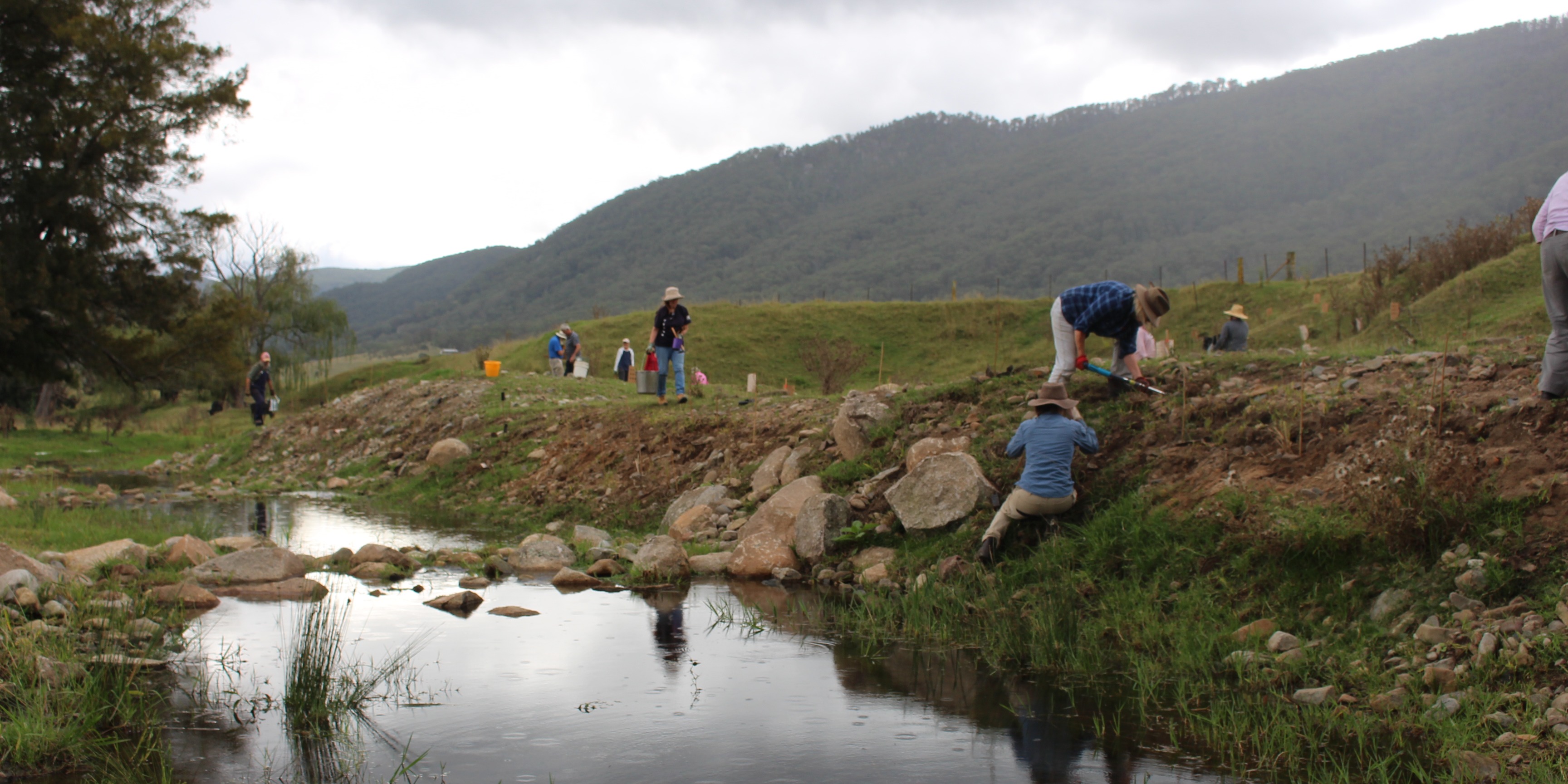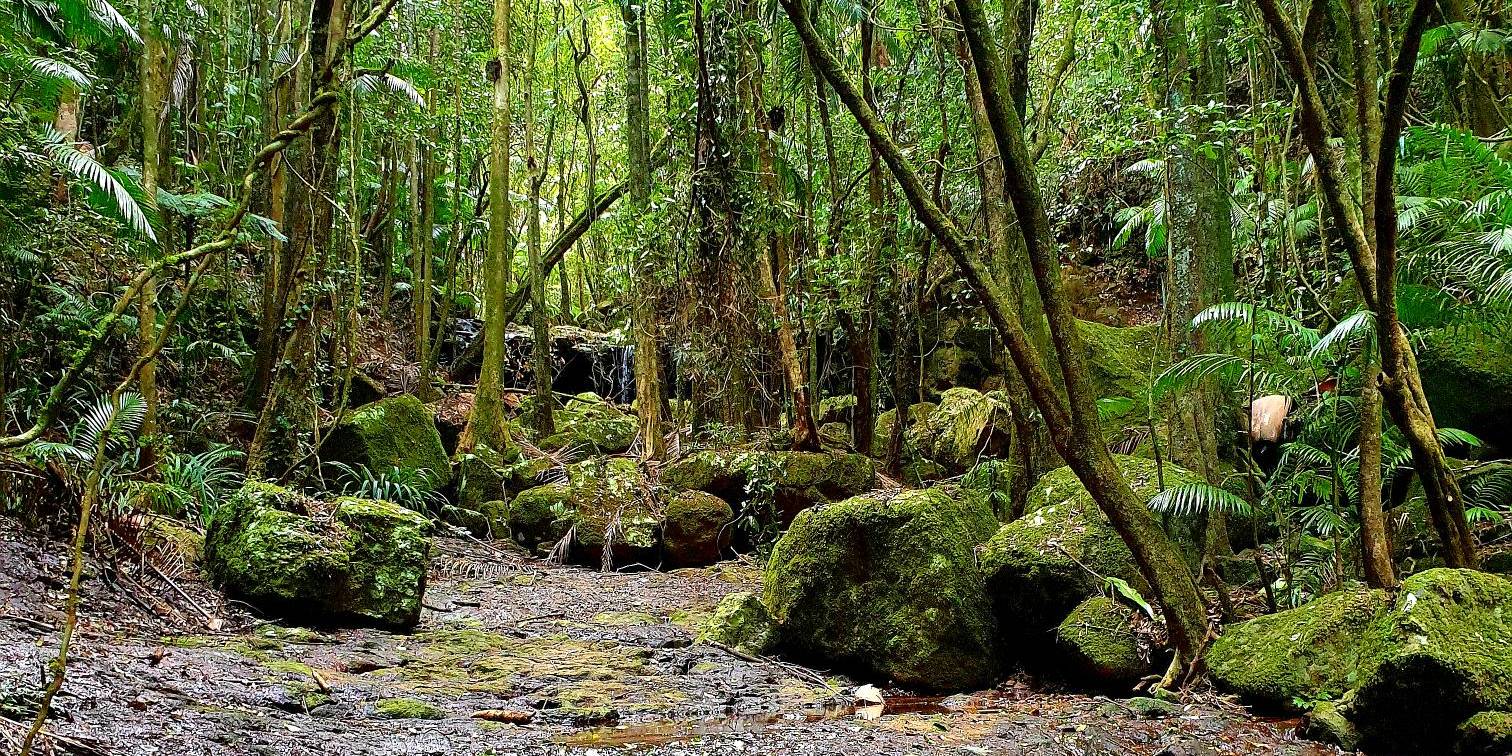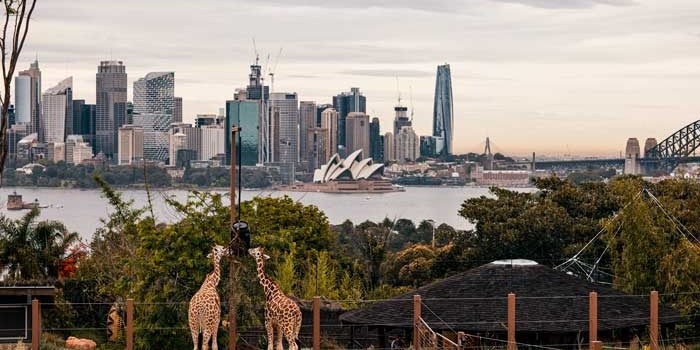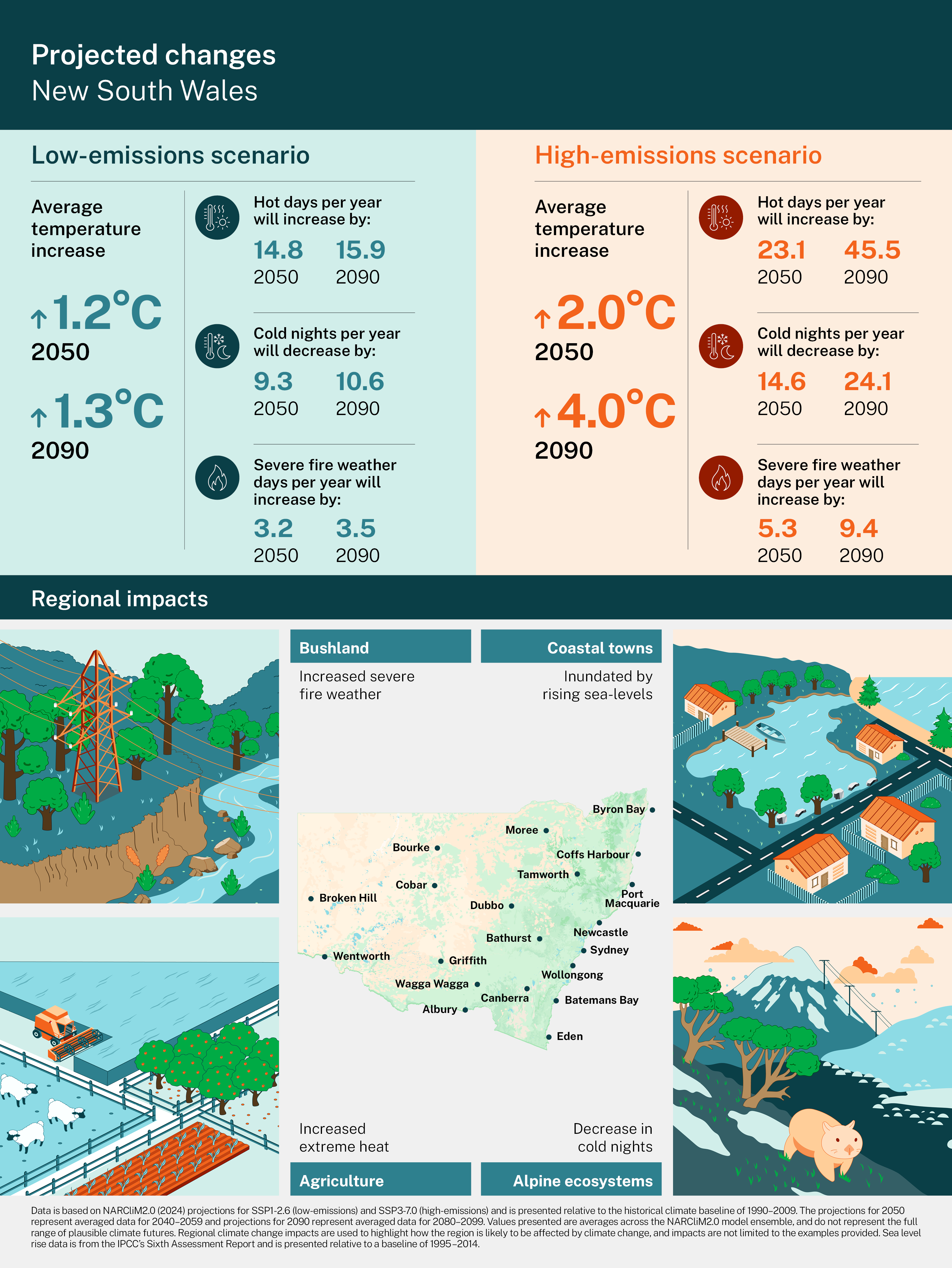Key points
- The NSW climate is changing. While changes will vary in each region, in general we will see higher temperatures, changes to rainfall patterns, and increases in fire weather and the risk of bushfire.
- These changes will affect the people, environment and economy of NSW.
- The NSW Government is committed to action on climate change under the Climate Change (Net Zero Future) Act 2023.
- The NSW Government released the NSW Climate Change Adaptation Strategy in 2022 which sets out an ambitious approach to climate change adaptation. The strategy provides a framework that will strengthen and expand NSW Government action to adapt to climate change now and over the long term.
- In October 2024, the NSW Government released the NSW Climate Change Adaptation Action Plan 2025-2029, the first adaptation action plan under the strategy with 46 actions led by 8 agencies over the next 5 years to deliver adaptation action.
- The NSW Government also provides information, tools and support to help government, industry and communities adapt to climate change. Information includes detailed climate projections, available for each region of NSW and the Climate Risk Ready Guide and Climate Change Fund.
Snapshot of NSW
Situated in the mid-latitudes of eastern Australia, NSW covers an area of more than 800,000 km2, and has just over 2000 km of coastline. From the mountainous region of the Great Dividing Range, coastal rivers flow eastward to the sea. The western plains cover almost two-thirds of the state.
NSW is Australia’s most populous state, and over 73% of the NSW population live in major cities. Recent population growth has been greatest in Metropolitan Sydney, as well as the Central Coast, Lower Hunter and Illawarra.
NSW is also Australia’s largest economy, and its largest industries include:
- information technology and financial services
- manufacturing
- agriculture
- tourism
- film and television.
How NSW is being affected by climate change
Current climate
NSW has a diverse climate, including arid regions in the west that receive low rainfall, alpine regions in the south east that receive snow in winter, and humid subtropical regions in the north east that experience high summer rainfall and relatively dry winters. The coast of NSW is influenced by the East Australian Current, which moderates air temperatures and enhances rainfall near the coast. Rainfall generally decreases west of the Great Dividing Rage, with the dry north west receiving irregular, high intensity rainfall. In the south, rainfall occurs mainly in winter, due to cold fronts and lows crossing south eastern Australia during cooler months.
NSW is getting warmer
The climate of NSW is changing, with 6 of the 10 warmest years on record occurring in the past 10 years . The warmest year on record for both average temperature and maximum temperature in NSW was 2019, when average temperature was 1.2°C above the 1990–2009 average.
Projections
Across NSW, average temperatures will continue to increase throughout this century. By 2090, average temperature is projected to rise by around 1.3 °C under a low emissions scenario and around 4.0°C under a high emissions scenario. Temperature increases are projected for all parts of the state, with the greatest increases affecting inland regions, including the Far West, New England and North West, and Central West and Orana. Coastal regions are likely to experience lower temperature increases due to the moderating effect of the ocean.
Interpreting the projections
The projections provide a summary of plausible future climate change in NSW relative to a baseline of average climate from 1990–2009. Unless otherwise specified, the presentation of data on this page is averaged across a 20-year period from the NARCliM model ensemble. For example, the projections for 2050 represent averaged data for 2040–2059 and projections for 2090 represent averaged data for 2080–2099. In translating the projections, it is important to consider the previous historical changes that occurred prior to 1990-2009. For example, national temperature records indicate that NSW has warmed by 0.84°C between 1910-1930 and the 1990-2009 baseline.
Detailed information on the projected climate changes for NSW can be found in the NSW Climate change snapshot or explored further through the interactive climate change projections map.
The annual number of hot days 35°C and above is projected to increase for NSW by 2050. By 2090, under a high emissions scenario, the annual number of hot days is projected to more than double for the state, compared with the 1990–2009 average.
Increases in the number of hot days are projected for all regions across the state, particularly for the Far West, New England and North West, and Central West and Orana regions.
While coastal regions of NSW currently experience fewer hot days compared with warmer inland regions, these regions are projected to see a proportionally significant increase in the number of hot days under both a low-emissions scenario and a high-emissions scenario.
The annual number of cold nights below 2°C is projected to decrease for NSW by 2050. By 2090, under a high emissions scenario, the annual number of cold nights is projected to reduce by more than 70%, compared with the 1990–2009 average.
The greatest reductions in the number of cold nights are projected for areas along the Great Dividing Range, including the Snowy Mountains. In contrast, the western slopes and plains are projected to experience moderate changes, while coastal NSW and the Far West region are projected to experience only minor decreases in number of cold nights.
Average annual rainfall for NSW could slightly decrease but remain variable. Changes will be variable across the region and for each season. The most notable projected change is a large decrease in average winter rainfall for coastal regions, particularly for Metropolitan Sydney, the Central Coast, the Illawarra Shoalhaven and the Hunter.
There is also a notable decrease in average spring rainfall for southern inland regions including the Riverina Murray, the ACT and the inland areas of the South East and Tablelands.
On average, the annual number of severe fire weather days is projected to increase for NSW by 2050.
Increases to severe fire weather days are projected to occur across most of NSW, with many regions to experience a doubling or even tripling of severe fire weather days by 2090 under a high emissions scenario, compared with the 1990–2009 average.
A sea level rise of 3.7mm/year has already led to increases in inundation of streets in some NSW coastal communities.
Sea level along the NSW coast is projected to continue rising under all emissions scenarios. At Port Kembla, sea level is projected to rise by 11–24cm under a low-emissions scenario and by 16–28cm under a high-emissions scenario by 2050. Later in the century, sea-level rise is projected to accelerate under both emissions scenarios, with significantly faster acceleration under a high-emissions scenario. Sea-level rise by 2100 is projected to be 24–56cm under a low-emissions scenario and 50–91cm under a high-emissions scenario.
These projections are relative to a baseline period of 1995–2014. For more detail on the methodology, please access the NSW Climate Change Snapshot.
Communities, infrastructure and natural ecosystems are expected to be increasingly vulnerable to the impacts of sea level rise in the future, particularly under a high‑emissions scenario. Find out more about the impacts of sea level rise.
Adapting to changes in NSW
The NSW Government, together with many councils, industry and community groups, are taking important steps to help each of our regions adapt to the impacts of climate change.
The Climate Change (Net Zero Future) Act 2023 legislates an objective to make NSW more resilient to climate change. The NSW Climate Change Adaptation Strategy provides a framework and actions to help achieve that objective and the NSW Climate Change Adaptation Action Plan 2025-2029 includes 46 keys actions led by 8 agencies over the next 5 years to help the state adapt.
We are also developing the information and tools to help government, businesses and communities build resilience to current change and future extreme events, by helping them to understand and minimise climate change impacts.
Some important information and tools are contained in the Climate Risk Ready Guide. The guide was developed by the NSW Department of Planning, Industry and Environment, in partnership with NSW Treasury, to help state government staff manage risks and opportunities associated with climate change. It includes
- Climate Risk Ready Guide, which offers a 4-step process to conduct or revise a climate change risk assessment aligned to ISO:31000(2018) Risk management guidelines. It builds on national and international best practice in climate change risk assessment and adaptation practice.
- Climate Risk Assessment Tool, which provides a template to identify, assess and evaluate climate change risks. This tool may be adapted to align to existing risk management frameworks in each organisation.
- Climate Risk Maturity Health Check Tool, which takes users through simple steps to understand the current climate risk management maturity of the organisation, and its level of adaptative capacity. The tool is aligned to the NSW Treasury Risk Maturity Assessment Tool.
The assessments generate information that can be used by organisations to develop adaptation strategies and make decisions to integrate climate risk management into existing policies and procedures and reduce their climate risk over time.
In addition, further guidance on taking action is provided for state government agencies and local councils and authorities. Regional information on climate risk and opportunities for action is available on the pages for each region in this section.
Through the Climate Change Fund, the NSW Government has also helped households, businesses and councils to adapt by funding specific adaptation and resilience actions.
Addressing climate change
The Climate Change (Net Zero Future) Act 2023 legislates emission reductions targets to help NSW achieve net zero emissions by 2050.
To help achieve our emission reduction objectives, we have released the Net Zero Plan Stage 1: 2020 – 2030. The plan outlines how we will reduce emissions by promoting energy efficiency and renewable energy alternatives. The plan aims to enhance the prosperity and quality of life of the people of NSW while achieving net zero emissions by 2050.
Find out more about what the NSW Government is doing to reduce climate change in the Net Zero Plan Stage 1: 2020-30 Implementation Update, as well as on our NSW government action on climate change page.
In addition, the NSW Electricity Infrastructure Roadmap sets out a 20-year plan to deliver the generation, storage, firming and transmission infrastructure we need to provide clean, cheap, and reliable NSW power into the future.
Find out more about the Net Zero Plan and how NSW is reducing emissions.
Related information
Net Zero Plan Stage 1: 2020-2030 – NSW Government
Net Zero Plan Stage 1: 2020-30 Implementation Update – NSW Government
NSW Climate Change Policy Framework – NSW Government
Asset Management Policy – NSW Government
Climate Risk Ready training – NSW Government and Western Sydney University
Case studies


The NSW Government has created the first holistic adaptation plan to protect a World Heritage rainforest from climate change impacts – and now ground-breaking genetic science is giving some rare and threatened species a helping hand to adapt and evolve.

Ensuring there’s enough water in the moat may not be a common challenge for those preparing for changing climate conditions.

